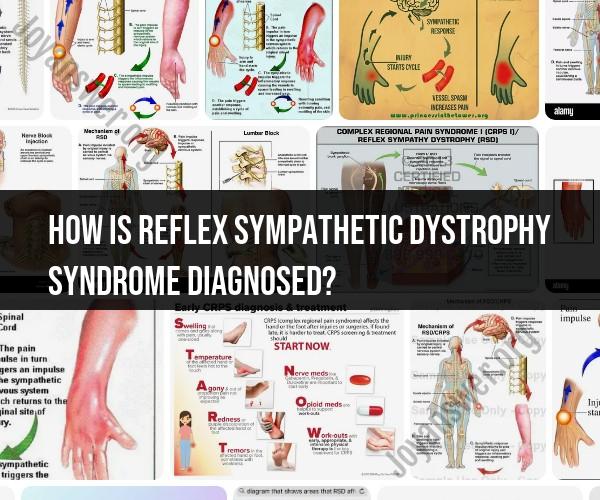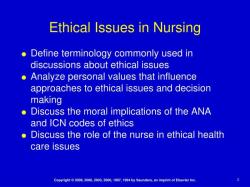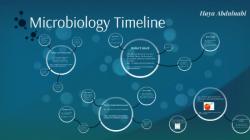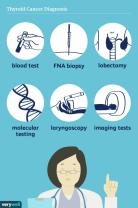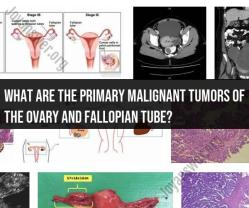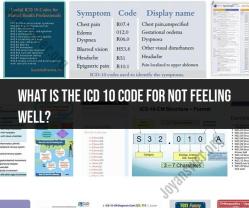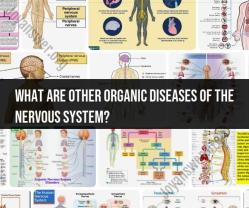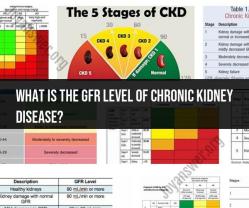How is reflex sympathetic dystrophy syndrome diagnosed?
Reflex sympathetic dystrophy syndrome (RSDS), also known as complex regional pain syndrome (CRPS), is a challenging condition to diagnose due to its complex and variable nature. Diagnosing RSDS involves a comprehensive assessment of the patient's medical history, clinical symptoms, physical examination, and exclusion of other possible causes of the symptoms. Here's an overview of the process involved in unraveling the diagnosis of RSDS:
1. Medical History:The diagnostic process begins with a thorough review of the patient's medical history. The healthcare provider will inquire about the onset of symptoms, any triggering events (such as injuries or surgeries), and the progression of the condition.
2. Clinical Symptoms:RSDS is characterized by a combination of symptoms, including severe pain, changes in skin color and temperature, and autonomic dysfunction. The patient's description of their symptoms is crucial for diagnosis.
3. Physical Examination:During the physical examination, the healthcare provider assesses the affected area for signs of RSDS. This includes examining skin color and texture changes, temperature variations, swelling, and changes in hair and nail growth.
4. Assessment of Pain:The nature, location, and intensity of the pain are evaluated. RSDS often presents with allodynia (pain from normally non-painful stimuli) and hyperalgesia (increased sensitivity to painful stimuli).
5. Autonomic Dysfunction Evaluation:Autonomic symptoms, such as changes in sweating, skin temperature, and edema, are assessed. These symptoms are often present in RSDS.
6. Exclusion of Other Conditions:Since RSDS shares some symptoms with other medical conditions, healthcare providers must exclude other potential causes of the symptoms. Conditions such as nerve damage, vascular disorders, and inflammatory conditions need to be ruled out.
7. Diagnostic Criteria:There are various sets of diagnostic criteria for RSDS, including the Budapest Criteria. These criteria help healthcare professionals standardize the diagnosis by requiring specific symptoms and signs to be met.
8. Imaging and Tests:Imaging studies such as X-rays, bone scans, and magnetic resonance imaging (MRI) may be conducted to assess the affected area and rule out other conditions.
9. Collaboration Among Specialists:The diagnosis of RSDS often involves collaboration among various medical specialists, including pain management specialists, neurologists, orthopedic surgeons, and physical therapists.
10. Response to Treatment:Sometimes, a positive response to treatment can provide further evidence for an RSDS diagnosis. If symptoms improve with interventions like physical therapy, nerve blocks, or medications, it suggests that the underlying condition might be RSDS.
Diagnosing RSDS can be complex due to its variable presentation and overlap with other conditions. It's essential to consult a medical professional experienced in diagnosing and treating RSDS. Early diagnosis and intervention are crucial for managing the condition effectively and improving the patient's quality of life.
